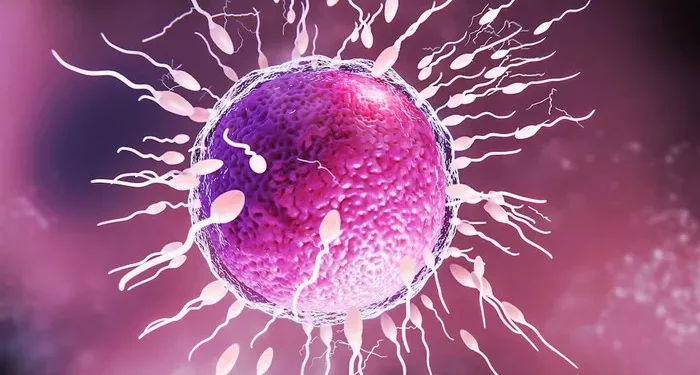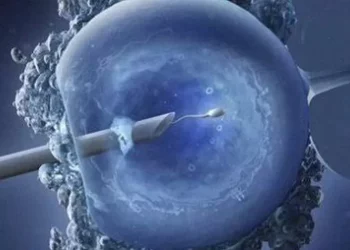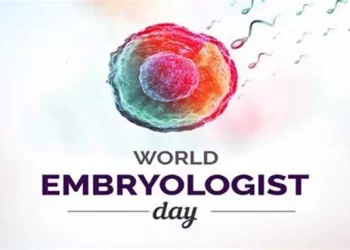Asthenoteratozoospermia is a condition characterized by the presence of sperm with both poor motility (asthenozoospermia) and abnormal morphology (teratozoospermia). These two abnormalities severely impact male fertility, as the sperm face significant challenges in both reaching and fertilizing the egg. In severe cases, where less than 5% of sperm exhibit normal morphology and a large proportion of sperm are immotile, the likelihood of natural conception decreases dramatically. This article aims to explore the complexities of severe asthenoteratozoospermia, its causes, diagnostic methods, treatment options, and the role of assisted reproductive technologies (ART) in managing this condition.
Understanding Severe Asthenoteratozoospermia
Severe asthenoteratozoospermia is diagnosed when the majority of sperm present in a semen sample are abnormally shaped and exhibit significantly reduced motility. For teratozoospermia, severity is defined based on the percentage of morphologically normal sperm. In cases where less than 5% of sperm are normal, it is considered severe. Abnormal sperm morphology can include defects in the head, midpiece, or tail of the sperm, affecting their ability to penetrate the egg’s outer layers.
Impact of Sperm Morphology on Fertilization
Sperm morphology is critical for successful fertilization. Normal sperm have a streamlined shape that allows efficient movement towards the egg. Abnormal sperm, however, may have head defects that prevent them from binding to and penetrating the egg. The midpiece of the sperm contains mitochondria that provide energy for motility; defects here can hinder movement. Tail abnormalities can prevent the sperm from swimming properly, further reducing the chances of reaching the egg. (Include image of normal vs. abnormal sperm morphology)
See also: How to Treat Azoospermia at Home
Impact of Reduced Sperm Motility
Sperm motility refers to the ability of sperm to move efficiently through the female reproductive tract. Reduced motility means that sperm struggle to reach the egg, which is crucial for fertilization. Sperm must navigate through the cervix, uterus, and fallopian tubes to reach the egg. Poor motility can result from tail abnormalities or issues in the mitochondrial function of the sperm. (Include image of sperm motility patterns)
Causes of Severe Asthenoteratozoospermia
Severe asthenoteratozoospermia can arise from various factors, including:
Undescended Testicles: A condition where one or both testicles fail to descend into the scrotum, leading to higher temperatures that can impair sperm development.
Varicocele: Enlarged veins within the scrotum can lead to increased testicular temperature and oxidative stress, damaging sperm.
Infections: Sexually transmitted infections (STIs) and other infections can cause inflammation and scarring, affecting sperm production and quality.
Hormonal Imbalances: Imbalances in hormones such as testosterone, luteinizing hormone (LH), and follicle-stimulating hormone (FSH) can disrupt sperm production.
Genetic Factors: Genetic abnormalities, such as Klinefelter syndrome or Y chromosome microdeletions, can impair sperm development.
Environmental Toxins: Exposure to pesticides, heavy metals, and industrial chemicals can damage sperm DNA and affect their morphology and motility.
Lifestyle Choices: Smoking, excessive alcohol consumption, drug use, poor diet, and lack of exercise can negatively impact sperm health.
Diagnosis of Severe Asthenoteratozoospermia
Diagnosis of severe asthenoteratozoospermia typically involves a comprehensive semen analysis, which assesses:
Sperm Count: The total number of sperm present in the semen.
Sperm Motility: The percentage of sperm that are moving and their movement patterns.
Sperm Morphology: The percentage of sperm with normal shape.
Additional tests may be conducted based on the clinician’s discretion, including hormonal assessments, genetic testing, and testicular biopsies, to identify underlying causes.
Treatment Options for Severe Asthenoteratozoospermia
Addressing Underlying Causes
Treating the root cause of severe asthenoteratozoospermia is crucial for improving sperm quality. This may involve:
Medications: Antibiotics for infections or hormonal treatments for imbalances.
Hormonal Therapy: Adjusting hormone levels to optimize sperm production.
Varicocele Repair: Surgical procedures to correct varicoceles and improve blood flow to the testicles.
Surgery for Undescended Testicles: Corrective surgery to place testicles in the scrotum.
Lifestyle Changes
Making healthy lifestyle choices can significantly impact sperm health. Recommended changes include:
Diet: Consuming a balanced diet rich in antioxidants, vitamins, and minerals.
Exercise: Regular physical activity to maintain a healthy weight and improve overall health.
Weight Management: Achieving and maintaining a healthy body weight.
Avoiding Toxins: Reducing exposure to environmental toxins, avoiding smoking, and limiting alcohol consumption.
Considering Assisted Reproductive Technologies (ART)
Role of ART
ART can provide viable options for couples facing severe asthenoteratozoospermia, helping them achieve pregnancy when natural conception is unlikely.
See also: Types of Azoospermia
ART Procedures
Intrauterine Insemination (IUI): Involves placing washed and concentrated sperm directly into the uterus, increasing the chances of sperm reaching the egg.
In Vitro Fertilization (IVF): Eggs are fertilized with sperm in a laboratory setting, and the resulting embryos are transferred to the uterus.
Intracytoplasmic Sperm Injection (ICSI): A single sperm is injected directly into an egg during IVF, which can be particularly useful for severe cases of asthenoteratozoospermia.
Living with Severe Asthenoteratozoospermia
Men diagnosed with severe asthenoteratozoospermia may experience emotional and psychological stress. It’s essential to seek support and resources to navigate these challenges.
Support Groups: Joining support groups can provide a sense of community and shared experiences.
Professional Help: Consulting with a counselor or psychologist can help manage emotional stress and anxiety.
Educational Resources: Accessing reliable information about the condition and treatment options can empower men and their partners.
Conclusion
Severe asthenoteratozoospermia presents significant challenges to male fertility, but understanding its causes, diagnosis, and treatment options can help manage the condition effectively. While lifestyle changes and medical treatments can improve sperm quality, assisted reproductive technologies (ART) offer promising solutions for achieving pregnancy. Men affected by this condition should seek professional medical advice to receive personalized treatment plans and support.
Disclaimer
This article provides general information and is not a substitute for professional medical advice. Individuals should consult a urologist or fertility specialist for diagnosis and personalized treatment plans.
Related Topics:
Obstructive Azoospermia Treatment: Helping Achieve Pregnancy



























